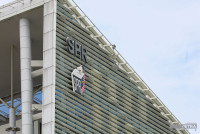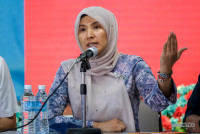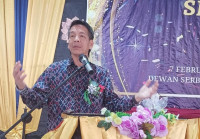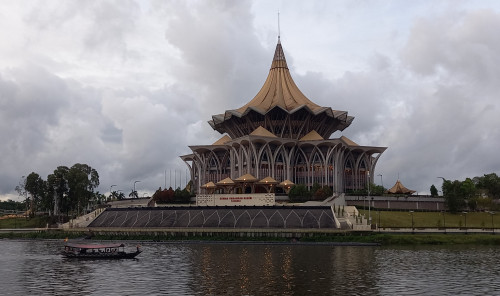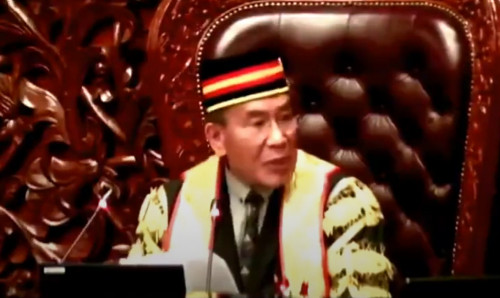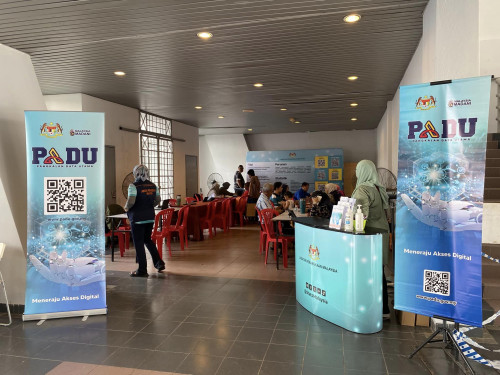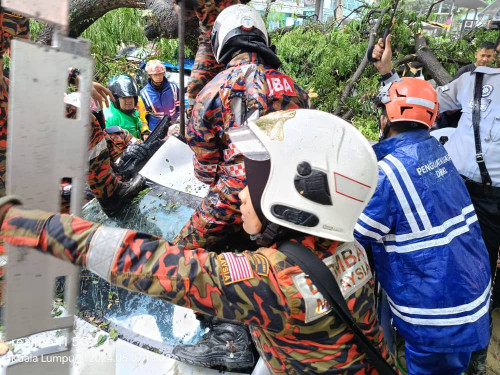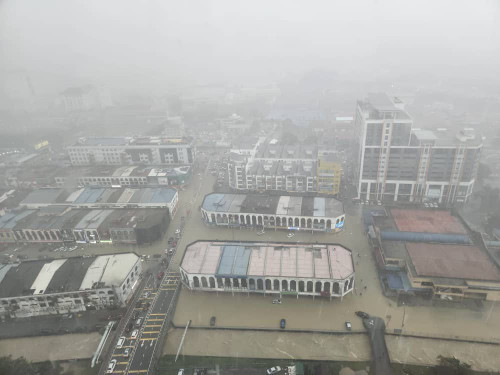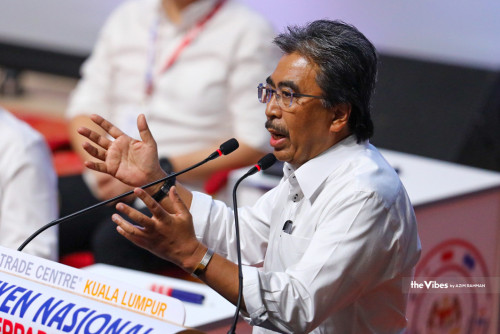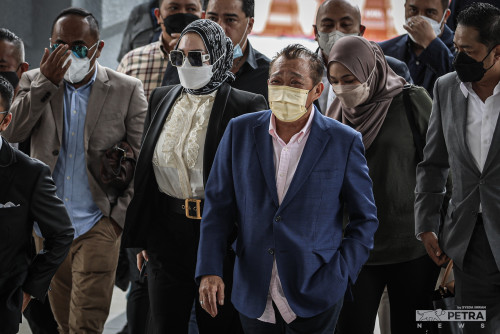SINGAPORE – Housing in the land-scarce island republic is a hot button issue among its citizens as prices continue to skyrocket despite government intervention.
And mixed reactions were drawn in Malaysia when Local Government Development Minister Nga Kor Ming revealed that there would be a knowledge-sharing session with experts from Singapore on affordable housing management.
This garnered some backlash from opposition party PAS, which alleged that Malays are being priced out of their hometowns.
Singapore’s ethnic integration policy in its public housing was once labelled as “the most intrusive social policy” in the republic, but the government has repeatedly defended it as an integral part of nurturing racial harmony.
National Development Minister Desmond Lee recently told a group of Malaysian journalists that the Housing and Development Board (HDB) goes beyond simple homeownership to shaping social policy, social aspirations and goals.
“For example, we recently launched Prime Location Public Housing, because we saw that in Singapore and many cities, society will actually stratify successful cities if the matter is left to market forces. For example, in Europe and the US.
“So we have to use policy and to put in a lot of resources to act against those forces. That means like in places right along the southern coast – where normally you want to build luxury condos at value very high – we are going to build public housing, including rental housing.
“The other one is the (long-standing) ethnic integration policy. Over time it has enabled what we see as the basic, essential preconditions to social cohesion,” he said, adding that public housing infrastructure is “married” with social programmes.
Lee, however, admitted that the government continues to face grumblings over subsidy rates of its HDB units while implementing policy conditions so that those who get the opportunity to live in prime locations would not be seen as “striking lottery, getting a windfall or getting unfair benefits” over others.
The balloting for a HDB unit also takes into account if one is a first-timer, living near parents, married with children and so on.
Currently, 80% of Singaporean households live in HDB units, with home ownership at 90% while the government continues to pour billions annually to prop up the scheme. Singapore’s nominal GDP was SGD533,352 billion in 2021.
“We do not price our flats to recover the government’s costs. Government must pay for the land, contractors, architects, engineers and so on. So in normal times, our deficit incurred for the home ownership segment each year is about SGD1 billion.
“In FY2021 it was SGD3.85 billion seeing that our costs have gone up. We try to keep the pricing of our flats relatively stable, even through the Covid-19 crisis. And as a result, the government will have to spend a lot more to close the gap between how much we spend, and how much we collect,” said Lee.
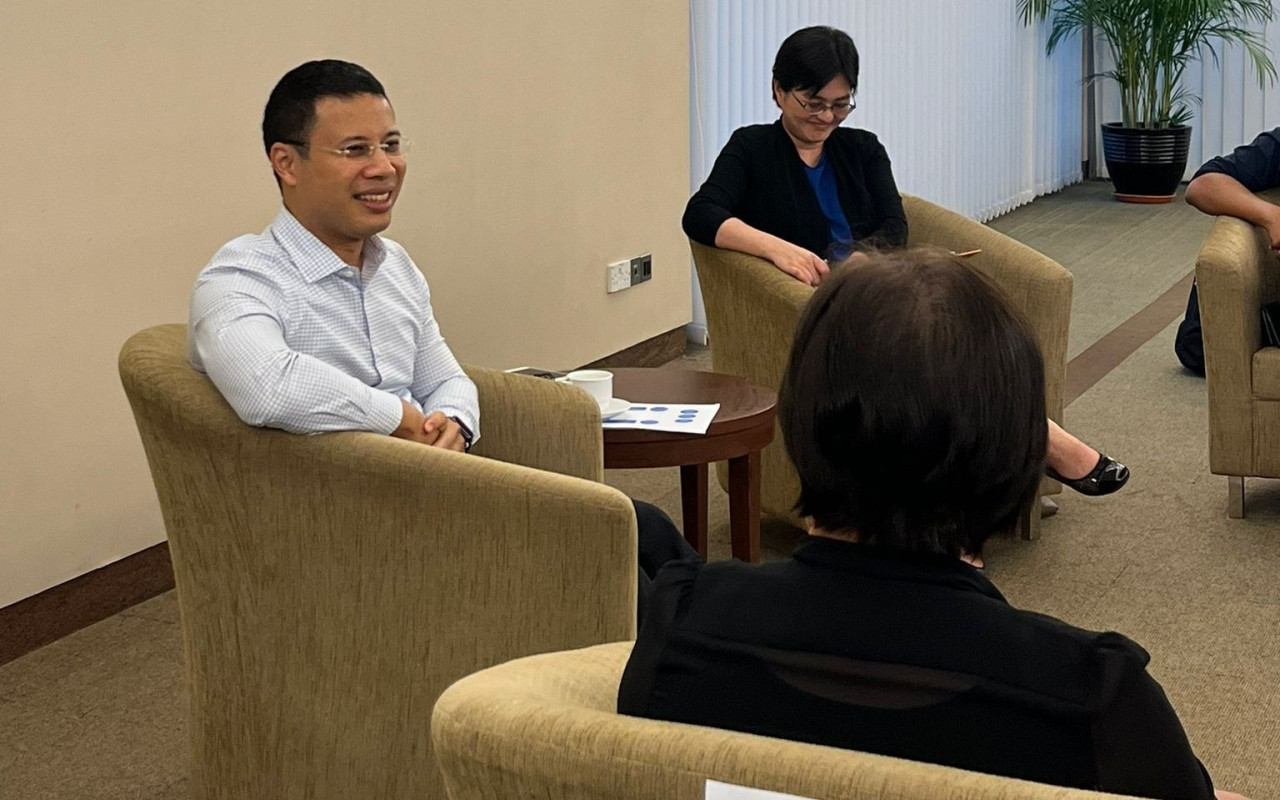
Why the ethnic integration policy remains in place
HDB has stringent conditions on resale by owners, where the ethnic integration policy comes into play in the name of social harmony.
When asked about lifting the policy, the minister said there are parts of Singapore where the quota is tested to the limit.
“It is not racism or racial prejudices that cause people to want to live or that cause people (of the same race) to live together. There are a range of factors for that, social anthropological reasons as well.
“One of course is the cultural centre of gravity. Secondly, you want to promote people living near their parents. So if you incentivise that, then what do you get? You get people wanting to live near their parents, and they are all of a certain ethnicity.
“Thirdly, because of either the historical centre of gravity, or the amenities in the area, you find food and religious options. Our aim is to make sure that that diversity is met in every neighbourhood.
“If you lift it, you will see ethnic concentrations come back to very concentrated levels. Every block must have a certain percentage, no more than a certain percentage of Chinese, Malay, Indian so on and so forth. Not just by the neighbourhood, even by block.
“We also recognise that minorities in Singapore are affected disproportionately; so as a result, we acknowledge that.”
The policy was reviewed last year and adversely impacted homeowners can choose to sell their HDB units to the government, with conditions, such as making effort to market the unit longer.
Race against time to buffer against climate change
In the long term, Lee said Singapore will also have to grapple with the impact of climate change even if the republic is successful in achieving net zero emissions by 2050. Net zero refers to a state in which the greenhouse gases are balanced by their removal from the atmosphere.
“Even when we reach net zero, we must be prepared for rising sea levels, more uncertain weather patterns, heavier rainfall, risk of flooding, especially when it is high tide flooding, all at the same time.
“We need to protect low-lying parts of the island, through very long-term investments. We will have to, over a long time, start raising different parts of Singapore in order to raise the land, but also deepen the drains and be prepared for climate change.”
He added that the Industry Transformation Map is in motion to digitalise end-to-end, from conceptualisation, to design, to building, and then facilities management, in order to achieve the 2050 net zero goals.
“In our Green Mark, we incentivise those who take into account the embodied carbon (construction material, etc). We also have the Singapore Green Building Master Plan which focuses on 80-80-80 by 2030.
“The first 80 is we want 80% of our buildings to be able to meet our higher baseline environmental standards. The second 80 is to ensure that 80% of new buildings that we build from 2030 must be super low energy buildings.
“And by 2030, the best-in-class buildings have to achieve 80% energy efficiency, compared to when we first started in 2005. Now we are about 60% more efficient, a bit more to go.”
To this, the government is funding institutes of higher learning, research institutes and the private sector to research how to build and maintain the best-in class and super low energy buildings.
Changing commute and work trends
The Covid-19 pandemic has accelerated trends such as localisation of work centres, digitalisation and flexible work arrangements.
Lee shared that prior to the pandemic the government had looked into polycentric development where there would be different centres for commercial, industrial and education activities, allowing for shorter commute.
“In the CBD, we have the CBD Incentive Scheme to encourage developers to infuse housing within the central business district. Otherwise, you see a hive of activities during the day and very quiet at night.
“That is not quite a good use of land, So we have strategies and incentives to have more mixed-use, residential, in our office and commercial district.”
“What we learned also from previous crises – underscored by this particular crisis – which is the pandemic, is the need to, in a very densely populated city state like ours, to make sure our land use provides flexibility and adaptability.” – The Vibes, February 12, 2023.



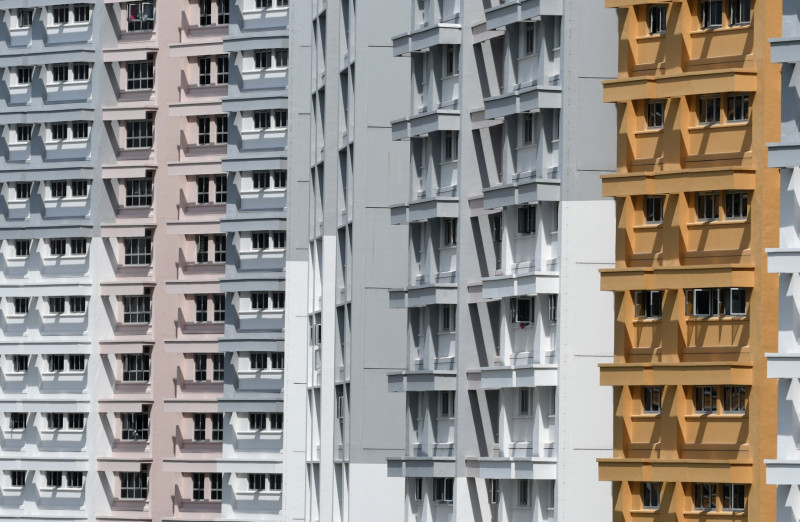
.jpg)

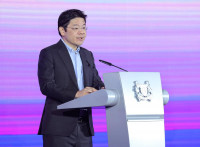
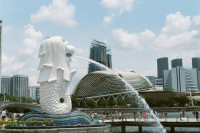


_pic._Credits_Unsplash_licence..png)


